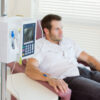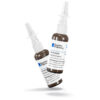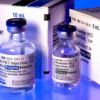- Your cart is empty
- Continue Shopping
Does ketamine therapy get you high
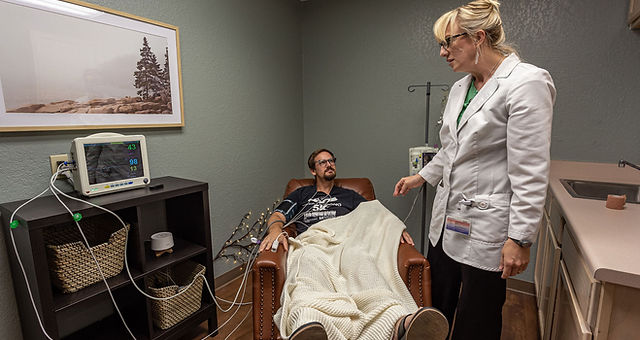
Does ketamine therapy get you high
Beyond the High: Unpacking the Real Difference Between Ketamine Therapy and Recreational Use
If you’re exploring innovative treatments for depression, PTSD, or chronic pain, you’ve likely heard about ketamine therapy. And with that mention often comes a pressing, and completely valid, question: Does ketamine therapy get you high?
It’s a natural concern. Ketamine’s reputation is largely tied to its history as a party drug (known as “Special K”). This association can make the idea of using it in a medical context confusing or even alarming.
The short answer is: it’s complicated, but the experience is fundamentally different. The goal of therapy is not to get high. The goal is healing. Does ketamine therapy get you high
Let’s break down the critical differences between a recreational high and a therapeutic ketamine experience.
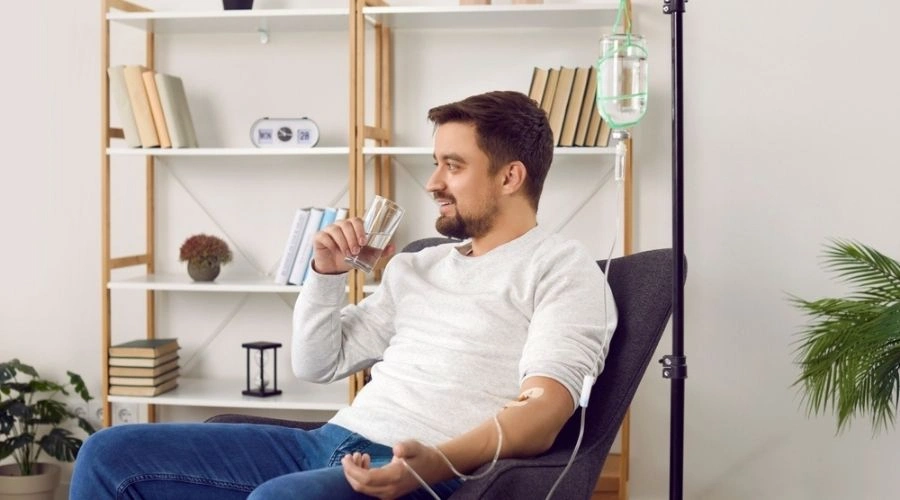
Ketamine 101: From Anesthetic to Mental Health Breakthrough
First, it’s essential to understand what ketamine is. Developed in the 1960s, ketamine is a FDA-approved anesthetic used safely in operating and emergency rooms for decades. Its dissociative properties—the ability to create a sense of separation from one’s body and thoughts—are what make it useful in both medical and, unfortunately, recreational settings.
In the early 2000s, researchers made a groundbreaking discovery: low-dose, controlled ketamine infusions could rapidly reduce symptoms of severe, treatment-resistant depression and suicidal ideation. This opened the door to the ketamine-assisted therapy we see today. Does ketamine therapy get you high
The “High” vs. The “Experience”: A Matter of Set, Setting, and Dose
This is the core of the issue. While the same molecule is involved, the outcome is dictated by three crucial factors:
1. The Dose (The Most Important Factor)
-
Recreational Use: Involves much higher doses aimed solely at inducing a intense dissociative or hallucinogenic “trip.” The intent is escapism or euphoria.
-
Therapeutic Use: Uses sub-anesthetic, low doses. The amount is carefully calculated based on your body weight and condition. It’s enough to create a altered state of consciousness that allows for therapeutic work, but not so much that you lose all connection or awareness. It’s a subtle, controlled journey, not an overwhelming blast.
2. The Setting (The Environment)
-
Recreational Use: Typically happens in unpredictable, stimulating, and potentially unsafe environments like clubs or parties. This can lead to anxiety, paranoia, or a “bad trip.”
-
Therapeutic Use: Takes place in a calm, safe, clinical environment—often a comfortable room with soft lighting, a reclining chair, blankets, and calming music. A medical professional is always present to ensure your physical safety, and a therapist is often there to guide you. This safe container is designed to promote introspection and comfort.

3. The Set (The Mindset and Intention)
-
Recreational Use: The intention is typically to have fun, escape reality, or alter one’s state for pleasure.
-
Therapeutic Use: The intention is healing. Patients undergo preparation sessions with a therapist to set intentions for their experience. This might involve focusing on processing trauma, breaking negative thought patterns, or fostering self-compassion. The altered state becomes a tool for accessing and reframing deep-seated issues. Does ketamine therapy get you high
What Does a Ketamine Therapy Session Actually Feel Like?
Patients describe the sensation during a therapy session in various ways. It’s rarely a classic “high.” Common experiences include:
-
A feeling of floating or lightness.
-
Mild visual distortions or patterns behind closed eyes.
-
A sense of peace or dissociation from negative thoughts and physical pain.
-
Enhanced introspection and connectivity to ideas or memories.
-
A dreamlike state that feels significant but controllable.

Many describe it as a state where the critical, negative “voice” in their head is quieted, allowing for new perspectives to emerge. The aftermath is often what’s most important: a brain that has been temporarily “reset,” creating a window of neuroplasticity where old patterns can be changed and therapy can be more effective.
The Bottom Line: Intention is Everything
Think of it this way: morphine is a powerful opioid used recreationally to get high. Yet, in a hospital, administered by a doctor at a controlled dose, it’s a vital tool for managing extreme post-surgical pain. No one would accuse a patient in a hospital bed of “just trying to get high.” The context, dose, and intention redefine the experience.
The same is true for ketamine therapy.
So, does ketamine therapy get you high?
It induces an altered state of consciousness, which is a necessary part of its therapeutic mechanism. However, calling it a “high” is a mischaracterization. A “high” implies recreation. Ketamine therapy is a controlled, intentional, and medically supervised experience designed to facilitate profound mental health healing, far removed from the pursuit of a recreational high.
If you are considering ketamine therapy, discuss these concerns openly with a qualified provider. A reputable clinic will prioritize education, safety, and integration, ensuring your treatment is about one thing and one thing only: your journey toward wellness. Does ketamine therapy get you high
Does ketamine therapy get you high >> Does ketamine therapy get you high >> Ketamine therapy get you high

